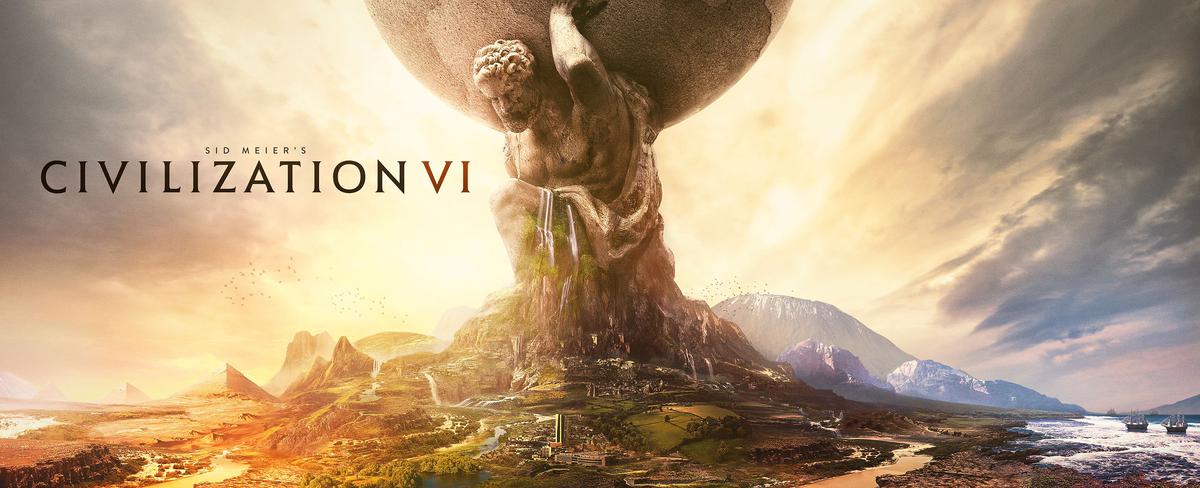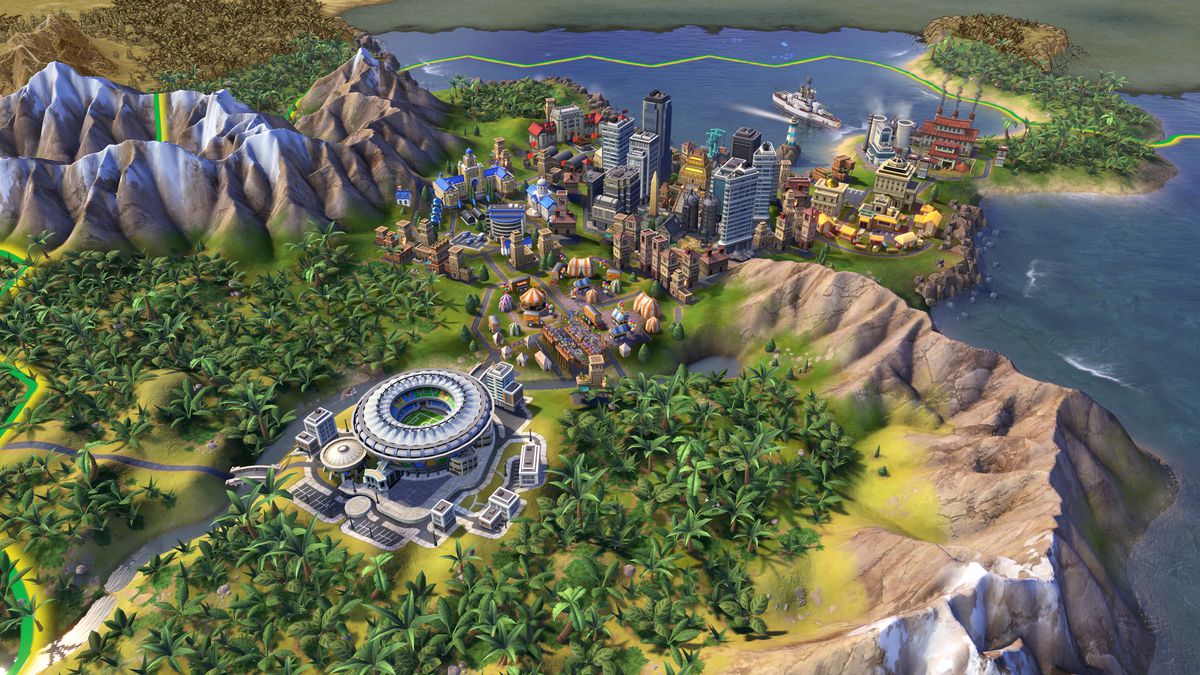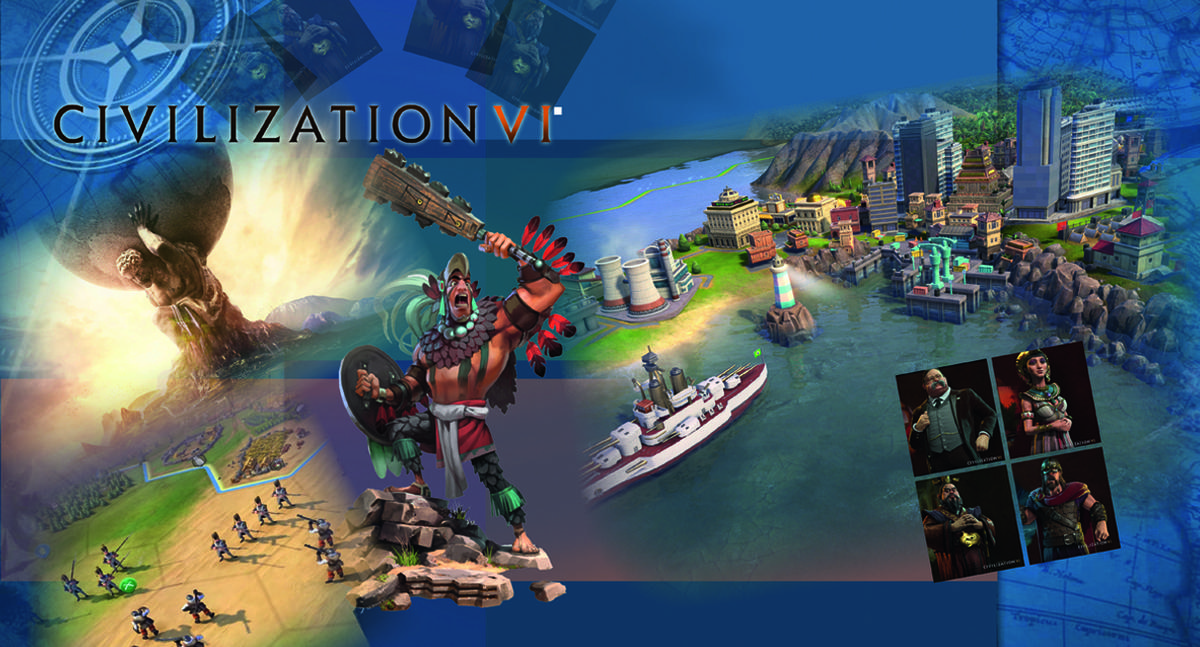Developer: Firaxis Games
Publisher: 2K Games
Platforms: PC, OS X
The name Civilization is synonymous with building an empire—whether or not you choose to expand it via force, diplomacy or culture is totally up to you. In the process, you can learn a little bit about history, politics, and more. Having played every installation since Civilization II in 1996, the turn-based strategy game has withstood the many tests of time that have decimated the genre which has largely been taken over by the real-time strategy (RTS) games that are popular today. It is a testament to thought and intelligence—games on the highest difficulty can take hundreds (if not thousands) of hours to complete, depending on what kind of victory you want.

Civilization VI builds upon the existing hex grid of Civilization V—with a twist. Previously, all units, cities, and buildings were stacked on one tile, making it extremely confusing on what you wanted to move across the map. Now, improvements to cities must be built around the city rather than within the city’s space itself. The player must assign these hexes as city districts. For instance, one district type is a military encampment, which gives a bonus when a Barracks (a long-time staple of the series) is built there; whereas other improvements can gain bonuses for being on a certain terrain type, such as universities in forests. For those looking for military conquest, one can also attack a district of a city instead of attacking the city itself. This was a very long and arduous task for veterans of the series (one can lose entire armies just attacking one city), but with added difficulty: one faces attacks from both the city and the military encampment itself. Map congestion has been addressed by allowing some unit stacking, such as similar unit types or symbiotic unit types (i.e. warriors protecting builder units).
The technology tree, once a vast and complex maze to navigate, has been renamed to the active research system. If one has access to particular resources or improvements, the research for the next item in the technology tree is boosted (i.e. quarries boost research into masonry). If a player starts in the middle of a continent, then water-based technologies would be limited. Eureka Moments, a new game feature, also boost the player’s progress towards technologies after completing a certain task in-game.
The route of the cultural victory has always been considered one of the most difficult tasks to achieve in the series (and arguably, gaming itself). Civilization VI has a Civics tree to separate the cultural improvements from the technological ones. There are four civics cards that define your government: Military, Economic, Diplomatic, and Wildcard (any of the others) card. These cards boost or limit your civilization. Certain cards can unlock improvements that allow a Cultural Victory.

Depending on the difficulty you play on, the AI can interact with you the same way they would interact with people in real life. If you really paid attention in history class, you can find out how to outsmart these leaders. To make it interesting, the AI also have a second hidden agendum. If one commits espionage, one can find this hidden agendum. for those who wish to take on their friends, the multiplayer mode has been reworked. Given that these games take hundreds (if not thousands) of hours to complete, the Online mode squishes games down to 250 turns (Civilization V’s fastest game speed was 330 turns), but still requires lots of patience. There are several multiplayer scenarios one can play with their friends, such as Ancient Rivals, Thermonuclear War, and Hallowed Ground.
If you’re a fan of turn-based games and history, Civilization VI will not disappoint. The series has weathered 25 years of changes to the genre and is still a very popular game to play to this very day. The name Sid Meier is synonymous with the turn-based genre, and will continue to be as long as there are players out there with the patience and critical thought to see such a complex game through.
Also published in GADGETS MAGAZINE December 2016 – January 2017 Issue.
Words by Jose Alvarez
